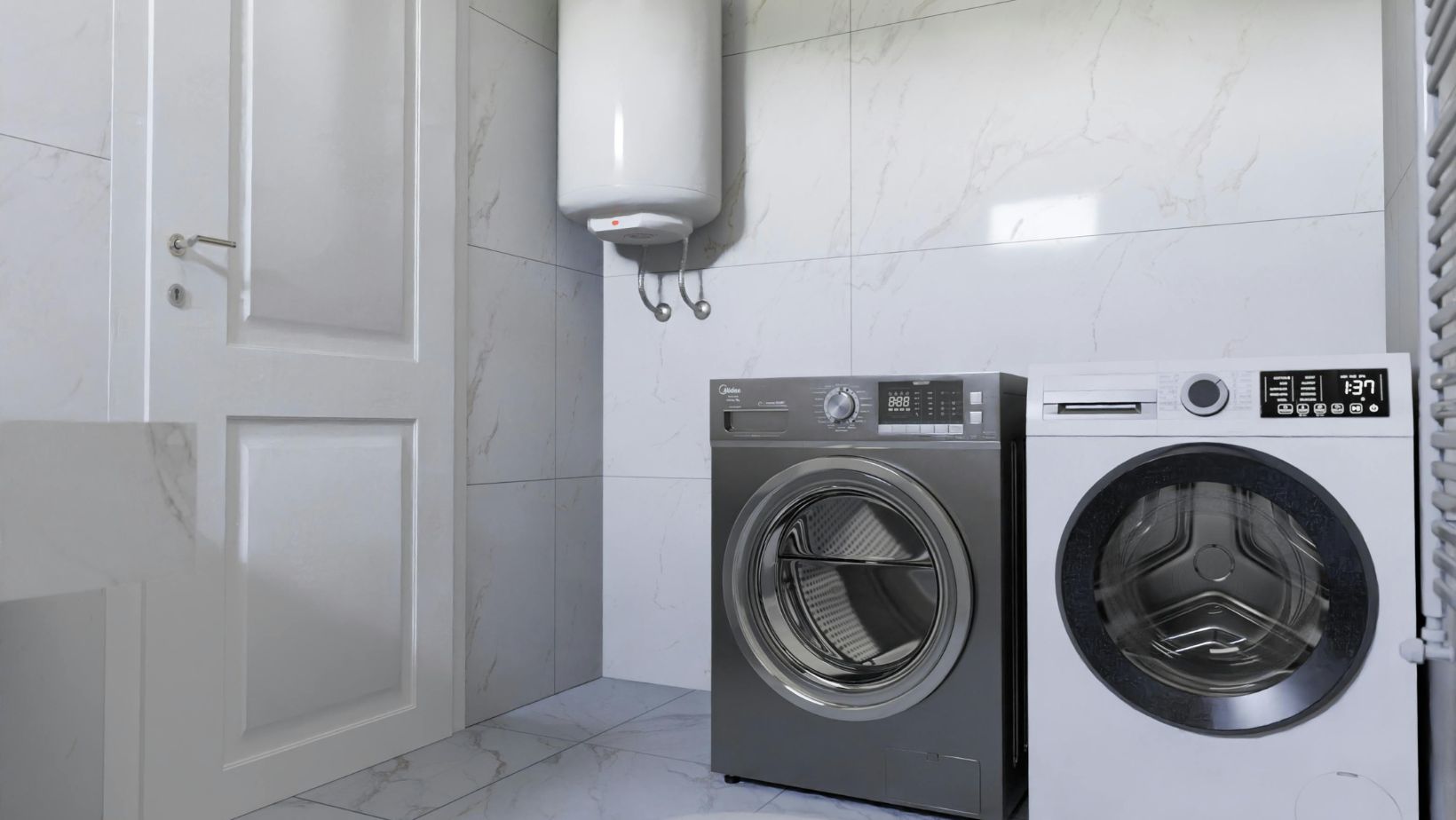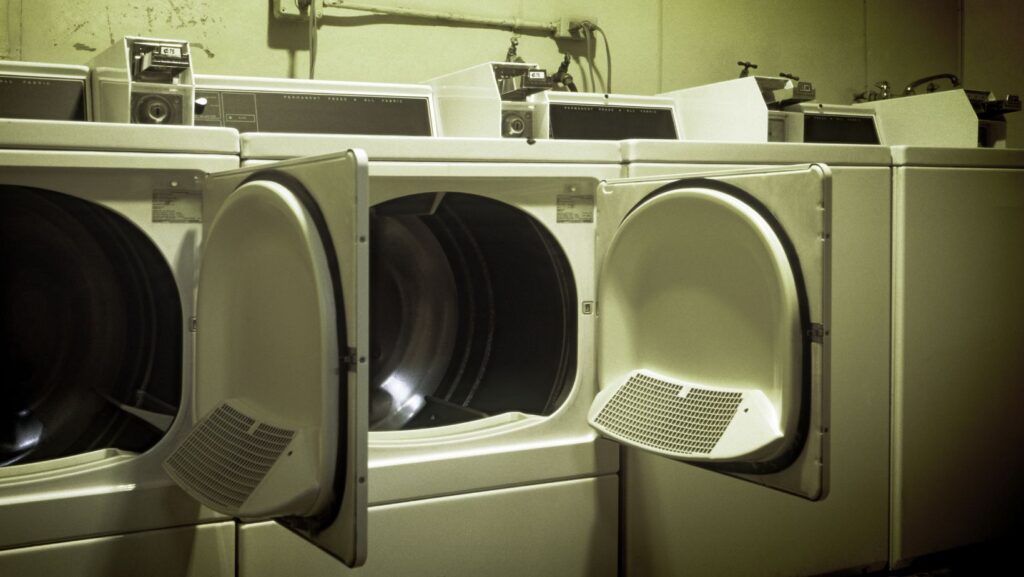Shopping for washers and dryers can feel like navigating a maze. With so many options, features, and technologies on offer, it’s easy to feel overwhelmed. If you’re planning to make a purchase soon but haven’t brushed up on the essentials, this guide is here to help. From machine types and energy efficiency to maintenance tips, we’ll walk you through everything you should consider before buying a washing machine or dryer.
Understanding Washer and Dryer Types
The first step in buying a washer or dryer is understanding the different types available and determining which configuration suits your needs. Washers typically fall into two categories: front-load and top-load machines. Each comes with its own set of pros and cons. Front-loading machines are praised for their efficiency and gentler washing action, making them ideal for delicate fabrics. Top-loading machines, on the other hand, are easier to load and unload for those with back issues or limited mobility.
Dryers also have several variations. You’ll find vented and ventless dryers on the market. Vented models expel hot air outside and are more common in larger, ventilated homes. Ventless dryers, such as condenser and heat pump dryers, recycle and reuse hot air, making them a viable option for apartments and spaces without a dedicated vent.
Combo machines—which combine both washing and drying in a single unit—are a newer option. These are ideal for those short on space or who prefer an all-in-one solution. While convenient, it’s important to note that these units often take longer to complete a cycle compared to separate machines.
Capacity Is Key
One major determinant in your choice of washer and dryer should be capacity. Think carefully about the size of your household and how much laundry you typically do. Capacity is measured in cubic feet, and the sizes on the market range from compact machines (ideal for small apartments or solo living) to large models designed for families who handle multiple loads of laundry weekly.
For washers, remember that overstuffing a machine can lead to inefficient cleaning and possible mechanical issues. Dryers, in turn, should have a slightly larger capacity than your washing machine to ensure clothes have enough space to tumble freely for proper drying.
Features That Matter
The modern washing machine and dryer have evolved far beyond the basic spin-and-dry models of the past. Today, these appliances are packed with features designed for convenience, efficiency, and improved garment care.
When it comes to washers, pay attention to the variety of wash cycles. Machines now cater to everything from heavily soiled items to delicate fabrics. High-efficiency washers use less water and energy, which is better for your utility bills and the environment. Look out for features such as automatic detergent dispensers, steam cycles for deep cleaning, and quick-wash options for when you’re in a rush.
Dryers follow a similar trend. Features like sensor-dry technology ensure that the machine automatically shuts off once your laundry is dry, saving energy and protecting your clothes from over-drying. Some models come with wrinkle-resistant settings, which minimize the need for ironing. Others boast advanced moisture sensors to ensure your clothing comes out perfectly dry every time.
Energy Efficiency and Long-Term Savings
Energy efficiency is a critical consideration when choosing washers and dryers. It not only saves you on utility costs but also reduces your carbon footprint, which is increasingly important in today’s eco-conscious environment. Look for appliances with an Energy Star rating, as these use less water and electricity than non-certified models.
For washers, high-efficiency models tend to use less water while still delivering excellent cleaning performance. Front-load washers are usually more energy-efficient than top-load models. If you’re trying to make your home even more eco-friendly, consider washers with cold-wash settings, which are just as effective as hot water but cut energy use further.
On the dryer side, ventless heat pump dryers are known for their lower energy consumption, although they typically come with a higher upfront cost. Nevertheless, the long-term savings can more than justify the initial investment.
Maintenance and Longevity
To ensure your machines last as long as possible, regular maintenance should be part of your ownership routine. Proper care can save you money on repairs and extend the life of your machine.
For washers, always leave the door open after each cycle to allow the drum to dry completely. This prevents mold and mildew buildup, especially in front-loading models. Clean the detergent drawer regularly and check hoses for signs of wear or leaks to avoid unexpected surprises.

Dryers benefit from regular lint removal, as this not only helps efficiency but also prevents potential fire hazards. Additionally, clean out the dryer vent annually if you use a vented model. For ventless dryers, emptying the condenser tray after each use is essential.
Placement and Space Requirements
Where you plan to install your machines will influence your final decision. Measure the available space carefully before shopping, and remember to account for additional clearance on all sides for proper ventilation and easy machine access.
If you’re working with limited space, consider a stackable washer and dryer or a compact machine. For larger laundry rooms, side-by-side models offer more flexibility. Don’t forget to take noise levels into account as well, especially if your laundry area is near living spaces. Some models are equipped with quiet operation features for homes where noise is a concern.
Setting a Realistic Budget
While it’s tempting to aim for top-of-the-line models, not everyone’s budget can stretch to accommodate advanced features. The good news is that many mid-range machines come with impressive technology, so you don’t need to overspend to get excellent performance.
When setting your budget, consider not just the upfront cost of the appliance but also its operating costs over time. High-efficiency machines may cost more initially, but they pay dividends in energy and water savings. Likewise, a slightly pricier dryer with sensor-dry technology can lower your bills and increase the lifespan of your clothes.
Why Research Matters
Ultimately, the key to finding the ideal washing machine and dryer lies in doing your homework. Take the time to explore product reviews, compare specifications, and evaluate the options that align with your household’s unique needs. This way, you’ll make an informed decision that delivers long-term value, efficiency, and convenience.
Final Thoughts
Selecting the right washer and dryer is not just about functionality; it’s about tailoring the appliances to your lifestyle and priorities.

By considering factors such as capacity, energy efficiency, and noise levels, you can ensure your machines are well-suited to your home. Remember, these appliances are an investment, so take your time to choose wisely. With the right preparation, you’ll soon enjoy a seamless and rewarding laundry experience.


More Stories
Can Gasteromaradical Disease Be Cured? Discover the Latest Insights
Movezwap.org 2022: An Overview
The Growing Appeal of Retirement Homes for Today’s Seniors